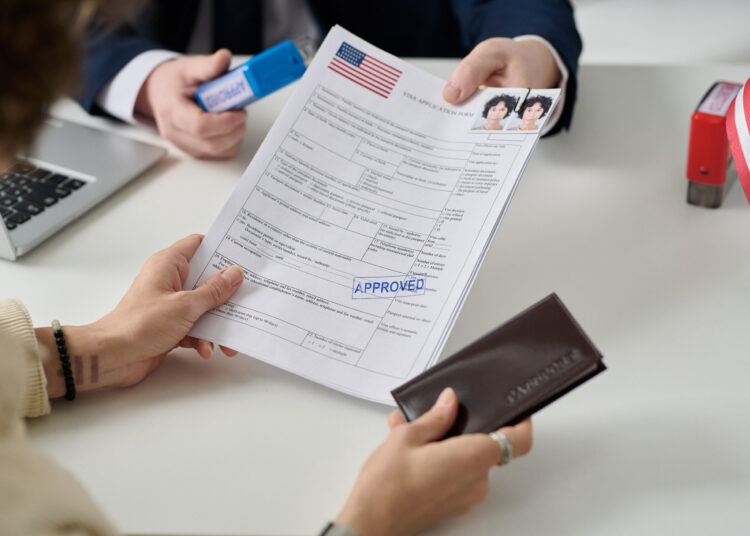Former President Donald Trump has signed a series of new immigration executive orders, reigniting debates over U.S. immigration policy. These orders, issued on January 20, 2025, focus on stricter border enforcement, changes to asylum processes, and enhanced immigration vetting measures.
Key Provisions of the Executive Orders
1.Stricter Border Enforcement:
Trump’s orders call for increased resources at the U.S.-Mexico border, including the deployment of additional Border Patrol agents and advanced surveillance technologies. This move aims to reduce unauthorized crossings and strengthen national security.
2.Changes to Asylum Policies:
New measures introduce tighter restrictions on asylum seekers, making it more difficult to claim asylum at the border. Applicants may now face additional requirements, including demonstrating credible fear of persecution with stricter evidentiary standards.
3.Enhanced Vetting Processes:
The executive orders also mandate more rigorous background checks for visa applicants, with a focus on identifying potential security risks. The administration emphasizes the need to prioritize safety while maintaining lawful pathways for immigration.
Implications for Immigrants and the U.S. Immigration System
These executive orders are expected to have significant consequences:
•Asylum Seekers: The changes could result in a sharp decline in asylum approvals, potentially leaving vulnerable individuals without legal protection.
•Immigration Processing: Enhanced vetting and stricter regulations may lead to delays in processing visa applications, creating additional challenges for immigrants and their families.
•Political Debate: The orders have already sparked heated debates, with critics arguing that they undermine humanitarian principles, while supporters praise them as necessary for national security.
Reactions to the Executive Orders
The orders have drawn mixed reactions from lawmakers, advocacy groups, and the public:
•Supporters: Proponents of stricter immigration policies applaud the measures, citing the need for secure borders and streamlined immigration processes.
•Critics: Immigration advocates and human rights organizations condemn the orders, labeling them as overly harsh and detrimental to vulnerable populations seeking refuge in the U.S.
Trump’s new immigration executive orders represent a pivotal moment in the ongoing debate over U.S. immigration policy. While the measures aim to enhance security and order, their broader implications for asylum seekers and immigrants remain contentious. As the nation grapples with these changes, the conversation around immigration reform is likely to intensify in the coming months.












